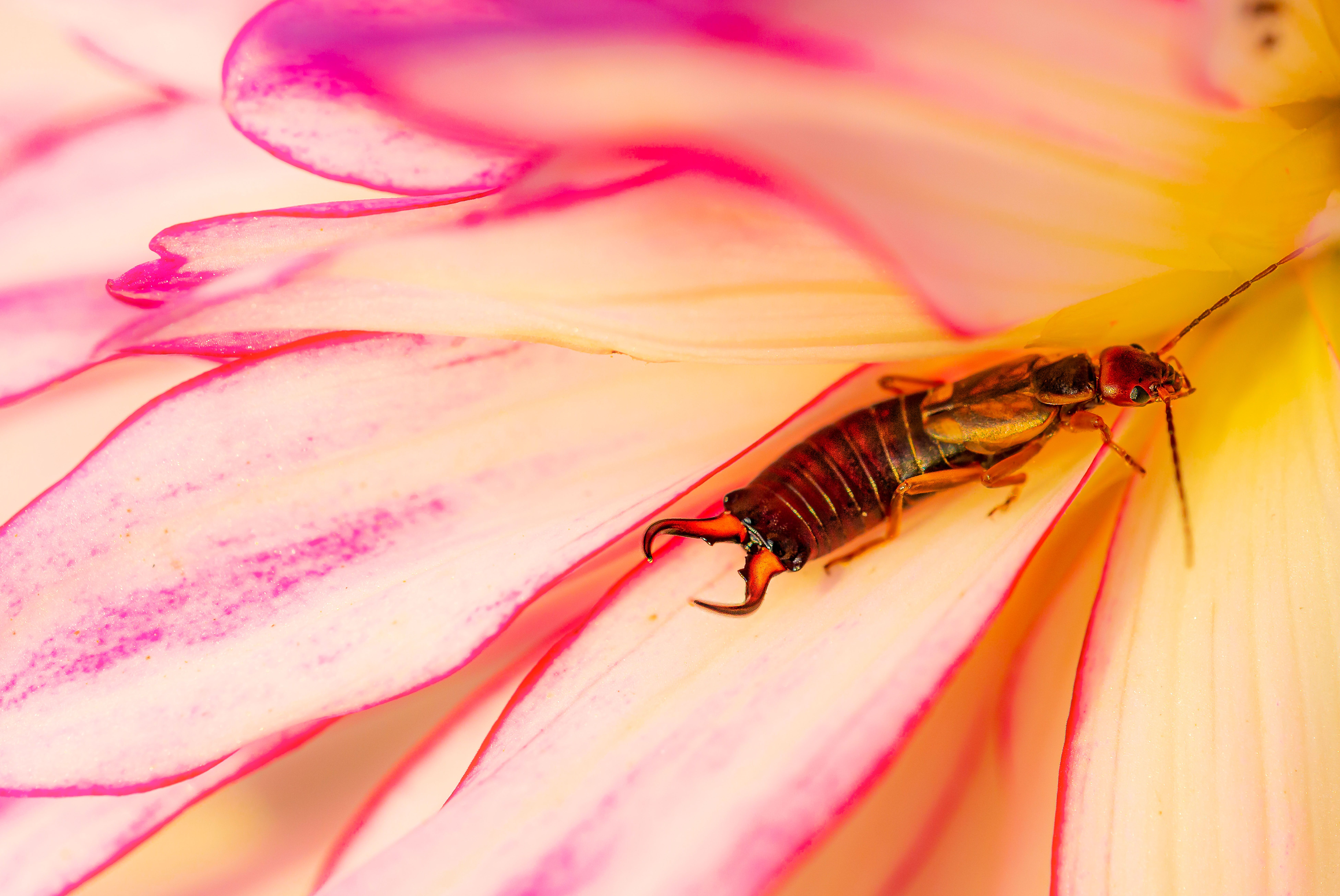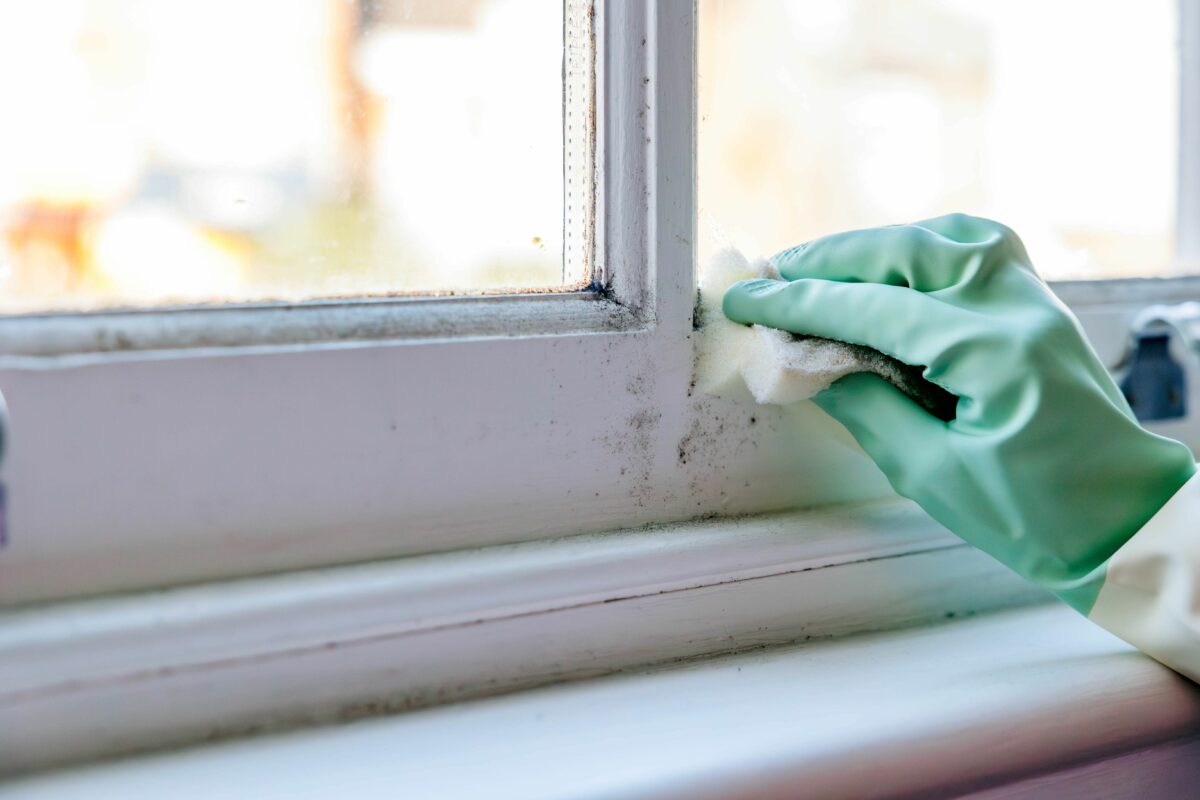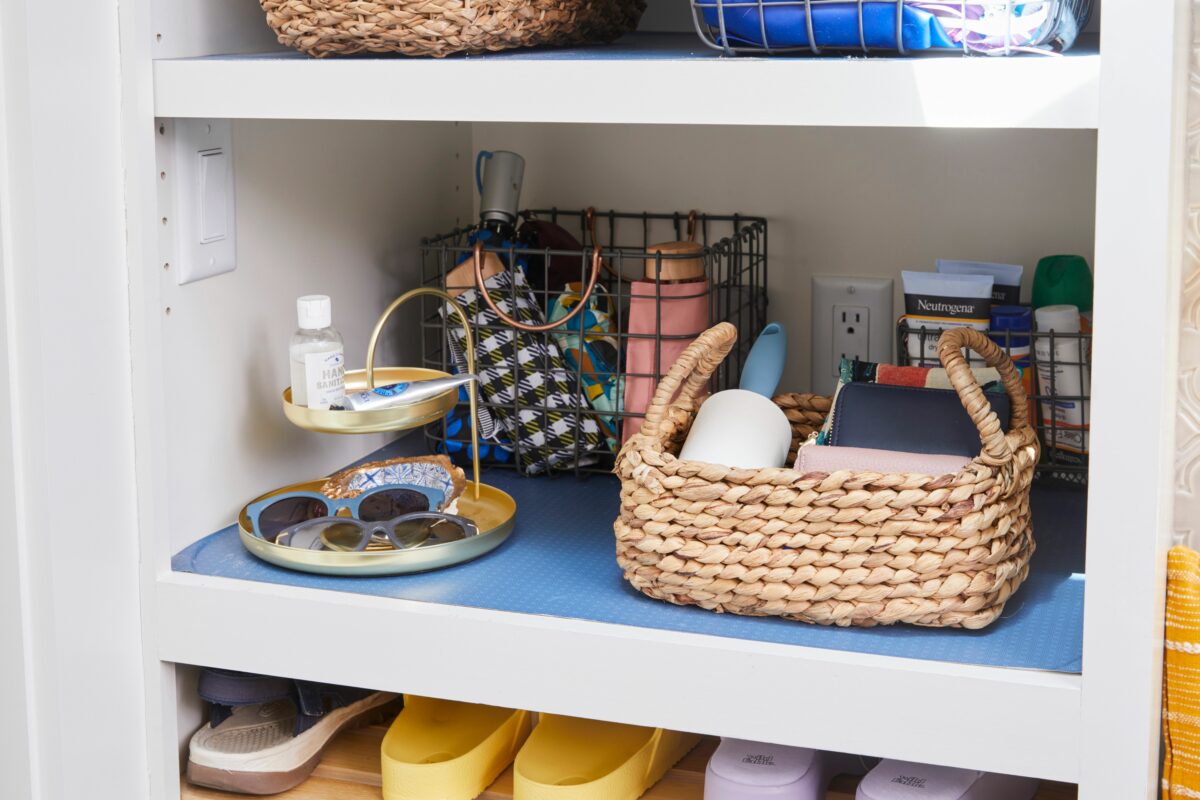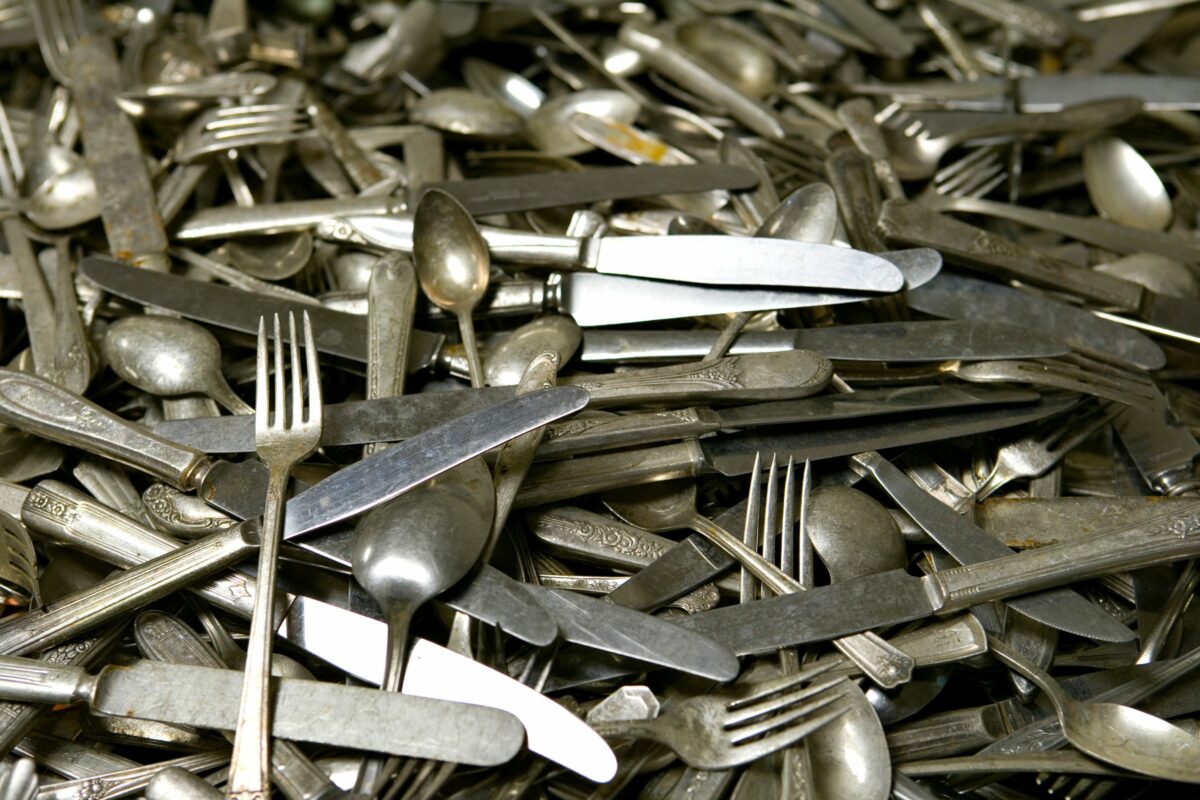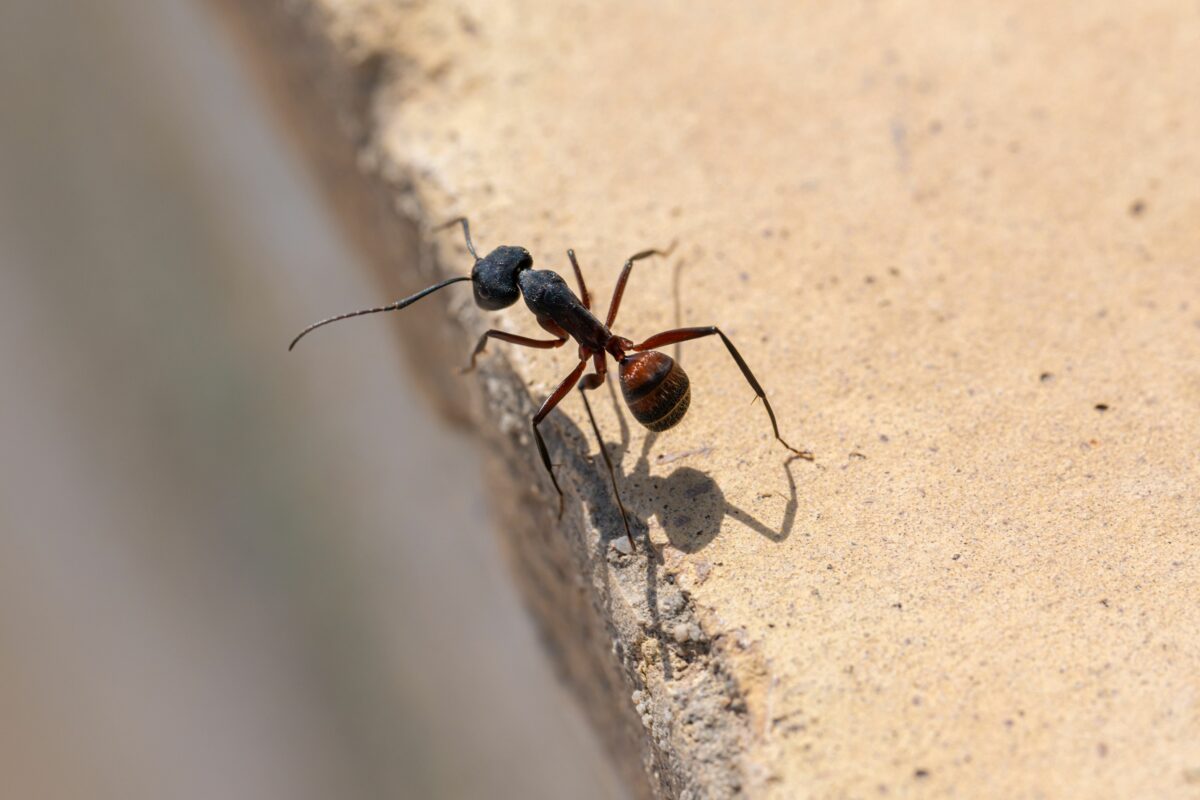Earwigs are small insects easily recognized by their distinctive pincers or forceps, which is why they’re sometimes called pincher bugs. They have a false reputation for burrowing into people’s ears and laying eggs, but they do nothing of the sort. They are natural decomposers that feed on plants, dead leaves, and mulch, thus benefiting the ecosystem.
Although their unique appearance can cause alarm, these pests are harmless to humans and pets. However, they can damage indoor and outdoor plants. If you see them in your home, you may have a moisture problem or other pest infestation afoot. Here are tips to eliminate earwigs in your home and prevent them from returning.
What Are Earwigs?
There are more than 1,500 species of earwigs worldwide and more than 20 species in the U.S. The European, spine-tailed, ring-legged, maritime, and least earwigs are common, but they vary in color, size, and appearance.
Standard features include elongated and flattened bodies that typically measure less than an inch in length. Colors range from tan to black. With six legs and a pair of curved pincers at the back, earwigs have a menacing look and may pinch people if disturbed or frightened. More prominent among males, the pincers are used for defense and mating displays. While earwigs have two pairs of wings, they are not strong fliers.
Earwigs are nocturnal bugs primarily found in moist, outdoor areas. During the day, they hide under rocks, logs, and mulch. Because they are attracted to light, you might spot them on your porch or deck on summer evenings. In dry seasons, earwigs venture indoors in search of moist environments.
Signs of an Earwig Infestation
Spotting a few earwigs indoors does not necessarily indicate an infestation. However, multiple earwigs in your home, especially during the day, can signal a growing population. Also, be aware that some earwig species release a foul-smelling liquid as a defense when attacked.
Damaged houseplants usually indicate that earwigs are making themselves too cozy in your home. Ragged holes and edges on plant leaves indicate earwig activity. Tiny black droppings or pellets near hiding places are another sign.
How to Get Rid of Earwigs in Your Home
When you notice signs of an earwig infestation in your house, you should get rid of these bugs. They are not only unsightly but—more importantly—destructive to your plants. Natural and chemical treatments can help; try the natural methods first.
Natural Treatments for Earwigs
- Remove moisture: Earwigs venture indoors seeking moist environments. One of the easiest ways to eliminate them is to remove excess moisture in and around the house. Fix leaky pipes, improve drainage around the home, and use a dehumidifier in damp areas, especially attics, bathrooms, and basements. Also, clean gutters and downspouts regularly.
- Vacuum: Use a vacuum cleaner to suck up earwigs, then discard the vacuum bag or empty the canister in soapy water.
- Set Traps: Simple homemade traps can effectively reduce earwig populations. Roll up a damp newspaper, magazine, or cardboard and place it in areas where earwigs are active. The insects will crawl inside overnight. Pick up the trap in the morning, discard the earwigs in a trash can, or shake them into a bucket of soapy water to kill them. Alternatively, you can set up an oil trap using vegetable oil, fish oil, or olive oil and soy sauce in an overturned jar lid. Set it under the sink or other problem areas. The oil will attract and drown the pests. Even sticky glue traps can help.
- Try Diatomaceous Earth (DE): Sprinkle this natural powder made from fossilized diatoms around entry points and areas where earwigs are found. It works by dehydrating the insects upon contact. Food-grade DE is non-toxic, making it safe for use around children and pets.
- Introduce Natural Predators: Introduce natural predators like birds, toads, and certain beetle varieties in your yard to keep earwigs in check. You can attract birds by installing birdhouses and bird baths. Over time, the birds will feed on the earwigs.
- Use Natural Repellents: Earwigs are repelled by strong scents, such as neem oil and herbs, including rosemary, lavender, cinnamon, and eucalyptus. Plant these herbs around your home to naturally repel earwigs and other pests. Indoors, create herb sachets and place them around the house.
- Make a DIY Bug Spray: Mix dish soap and water to spritz over areas where you have spotted earwigs. Alternatively, create a natural bug spray using 70% rubbing alcohol and water or white vinegar and water.
Chemical Treatments for Earwigs
- Insecticidal Sprays and Dusts: Many over-the-counter insecticides are effective against earwigs. Look for products containing ingredients such as pyrethrin, bifenthrin, or carbaryl. These can be sprayed directly on earwigs or in areas where they are likely to enter the home. Insecticidal dust, like those containing diatomaceous earth or boric acid, can be applied in cracks, crevices, and other hiding spots. These dusts are long-lasting and can effectively kill earwigs over time.
- Baits: Earwig baits, often combined with attractants, can be placed around the home’s perimeter or in areas where earwigs are active. These baits typically contain a slow-acting poison that the earwigs will carry back to their nests, affecting the entire population.
How to Banish Earwigs for Good
Since earwigs are attracted to damp environments, reducing moisture is the first step. The second is preventing access to your home. Inspect and seal cracks or gaps around doors, windows, the foundation, and all other possible entry points. Weatherstripping and caulking can help, too.
Keep the area around your home free from debris, such as leaf piles, mulch, and grass clippings. Trim back vegetation and avoid placing firewood or stones close to the foundation. Since earwigs are attracted to lights, use yellow or sodium vapor lights, which are less attractive to insects, and position outdoor lights away from entry points.
To keep earwigs at bay, regularly remove garden debris, use mulch sparingly, and ensure good drainage around your yard. This creates an inhospitable environment for them.
If the problem persists after applying these prevention and treatment measures, seek professional pest extermination services. There may be a complicated reason why these bugs keep coming back.


